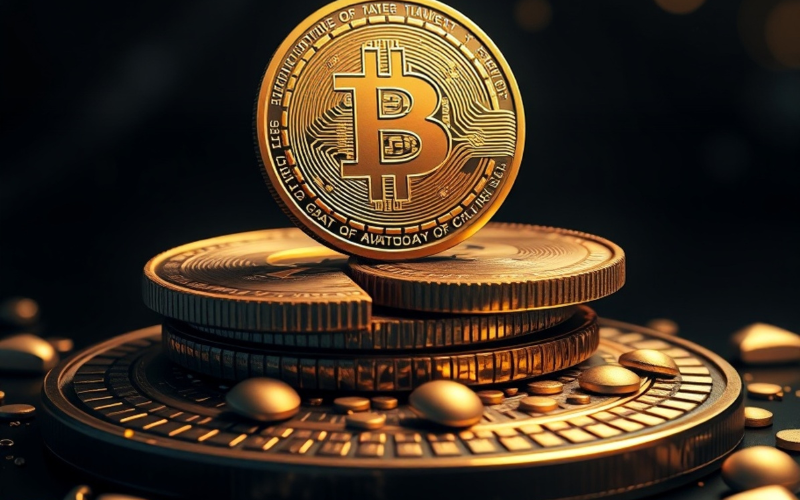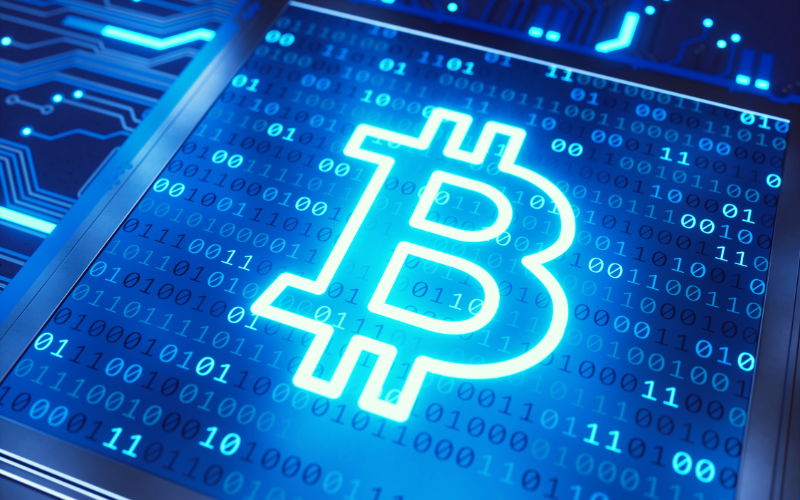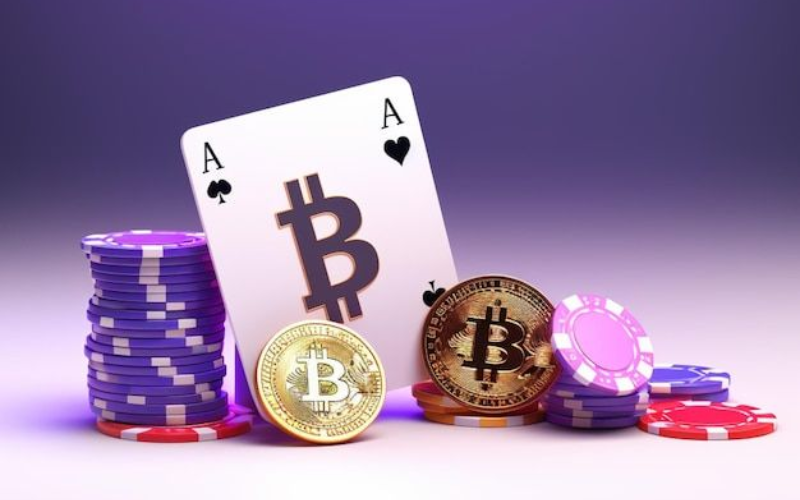The question sounds simple, but the answer? It depends on how you define “real.”
Think about cash in your wallet. You can touch it, smell the ink, hand it to a cashier. Virtual money? It’s just numbers on a screen. But here’s the twist: both let you buy stuff. So why do people argue if virtual money counts as “real”? Let’s break this down.

Go back to Economics 101. Money needs three things: store of value, medium of exchange, and unit of account. Your government says cash is legal tender. Shops accept it. Prices are marked in dollars or euros. But virtual currencies like Bitcoin? They’re not backed by any government. Yet people trade them for goods. Some even pay rent with crypto. So does that make them “real”?
Wait, but cash can lose value too. Inflation eats savings. Zimbabwe’s trillion-dollar bills became wallpaper. Crypto crashes overnight. Stability matters. If your money’s value swings 20% daily, can you really call it “real”? Maybe not. But then again, gold’s price fluctuates. Diamonds too. We still treat them as valuable. So why pick on virtual money?
Blockchain. That’s the buzzword. A digital ledger recording every transaction. No central bank. No middleman. Sounds cool. But how does this work in real life? Imagine buying a coffee with Bitcoin. The café owner might not care about blockchain. They just want the payment to stick. If the network lags, the coffee gets cold. And fees? Sometimes higher than the drink itself. Not very “real” for daily use.
But wait. Companies like Visa now support crypto payments. El Salvador made Bitcoin legal tender. So suddenly, virtual money bridges the gap. It’s not just for tech geeks anymore. Grandmas in San Salvador use Bitcoin ATMs. They might not know what a blockchain is, but they know it buys groceries. That’s real, right?

Scams. Hackers. Pump-and-dump schemes. The crypto world has them all. Remember OneCoin? A $4 billion fraud. People lost life savings. Cash doesn’t vanish like that. Well, unless your bank collapses. But governments insure deposits. Crypto exchanges? No such safety net. If your wallet gets hacked, tough luck. That feels fake. Unreal. Scary.
Then there’s the environmental cost. Bitcoin mining uses more energy than some countries. Cash? Paper and ink. Sure, printing presses pollute, but not like coal-powered crypto farms. Eco-warriors hate this. They call virtual money a “dirty lie.” But some cryptos use renewable energy. Ethereum switched to “proof-of-stake.” Less energy. So maybe it’s evolving. Getting real-er?
In the U.S., yes. The IRS treats crypto as property. Sell it, pay capital gains. Buy a car with Bitcoin? You still owe taxes on the profit. So legally, it’s real. But try explaining that to a tax collector who wants cash. Not fun.
Cash has the Fed. Euros have the ECB. Central banks control supply. Crypto? No such regulator. If Elon Musk tweets about Dogecoin, prices moon. Then crash. No stability. But some like Tether claim to be “stablecoins”—pegged to the dollar. Yet audits? Shady. So even “stable” crypto feels shaky. Real money shouldn’t need air quotes.
Ask Sweden. Cash use there dropped 40% since 2010. Banks want to go cashless. But the elderly? Homeless? They need cash. Virtual money leaves them behind. So maybe not replace, but coexist. Like email and snail mail. Both exist. Both real. Just different uses.

Money works because we trust it. Cash has government backing. Gold has scarcity. Crypto has… math? Algorithms? Faith in code? That’s a hard sell for some. But look at NFTs. People pay millions for digital art. No physical copy. Just a token. Is that real? To the buyer, yes. To the skeptic, nope. Trust is subjective.
So virtual money’s “reality” depends on context. For a café owner in El Salvador, Bitcoin’s real. For a retiree scared of scams, it’s fake. The tech is here to stay. The question isn’t “real or not?” but “how real do we want it to be?”
Central banks are testing digital currencies. China’s digital yuan. FedNow in the U.S. These are government-backed virtual monies. Stable. Regulated. Maybe the best of both worlds. Cash’s trust, crypto’s speed. If this happens, virtual money becomes real by default. No debates. Just swipes on a phone.
But will it kill crypto? Maybe not. Bitcoin maximalists want decentralization. No government control. That’s their “real.” Others prefer safety. The market will split. Some virtual, some physical. Some hybrid. The key? Choice. And trust in whatever you choose.
Virtual money isn’t a scam. It’s not the future either. It’s a tool. Like a hammer. Can you build a house with it? Yes. Can you smash your thumb? Also yes. The tool’s neutral. The user decides. So is virtual money real? Use it to buy lunch. If the café accepts it, then yes. It’s real enough for that moment. And maybe, in the end, that’s all that matters.
Cash won’t vanish. Crypto won’t take over. They’ll dance together. A messy, complicated tango. And we’ll watch, wallets in hand, trying to keep up. Because money’s not just about coins and code. It’s about people. And people? We’re always changing our minds.